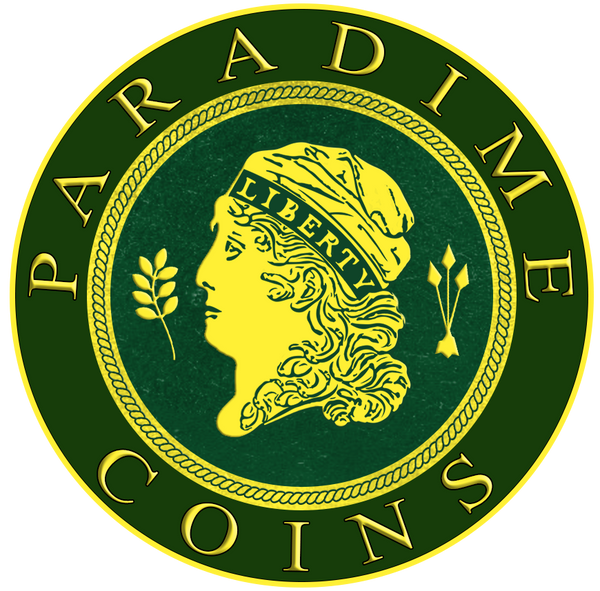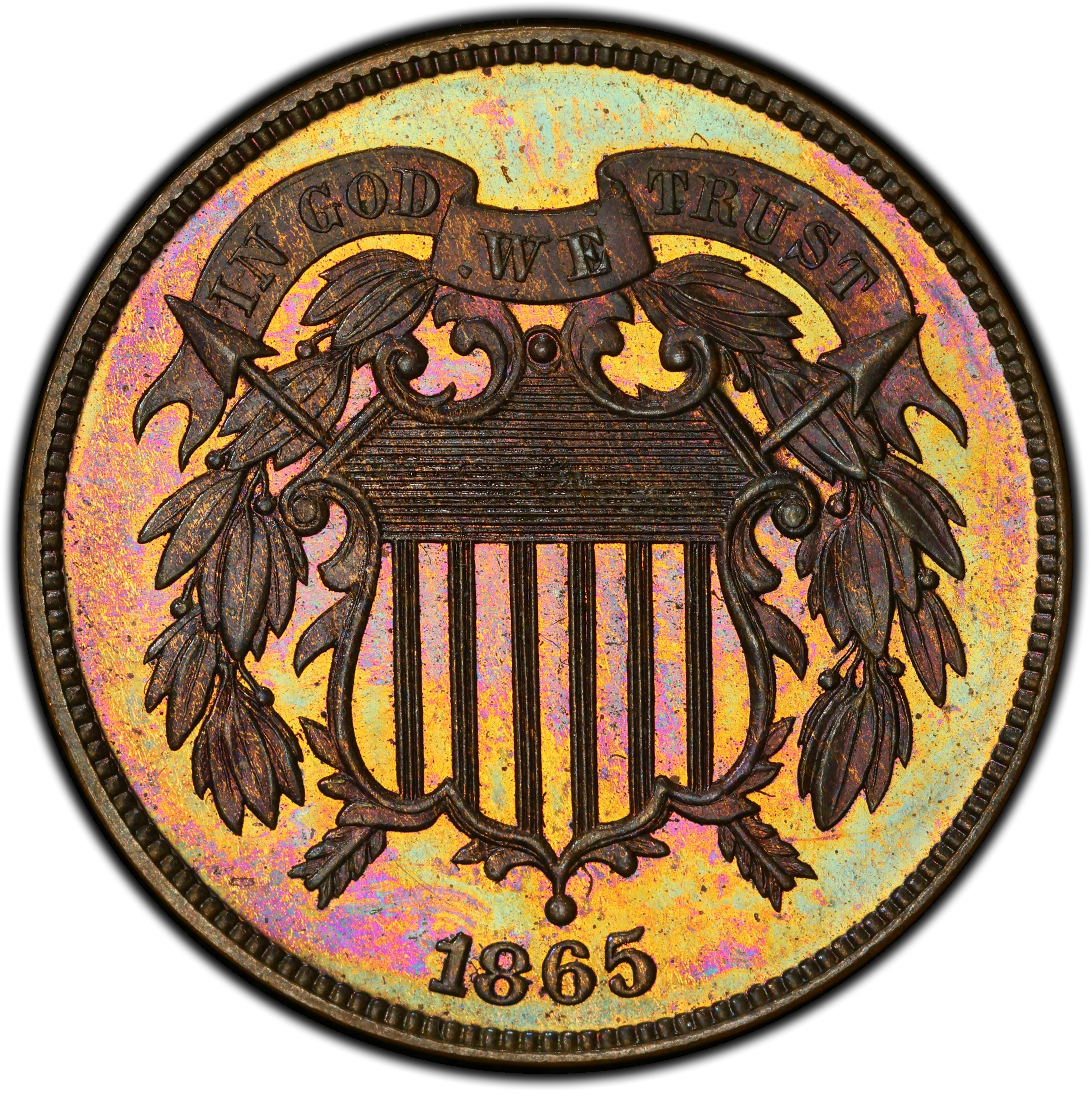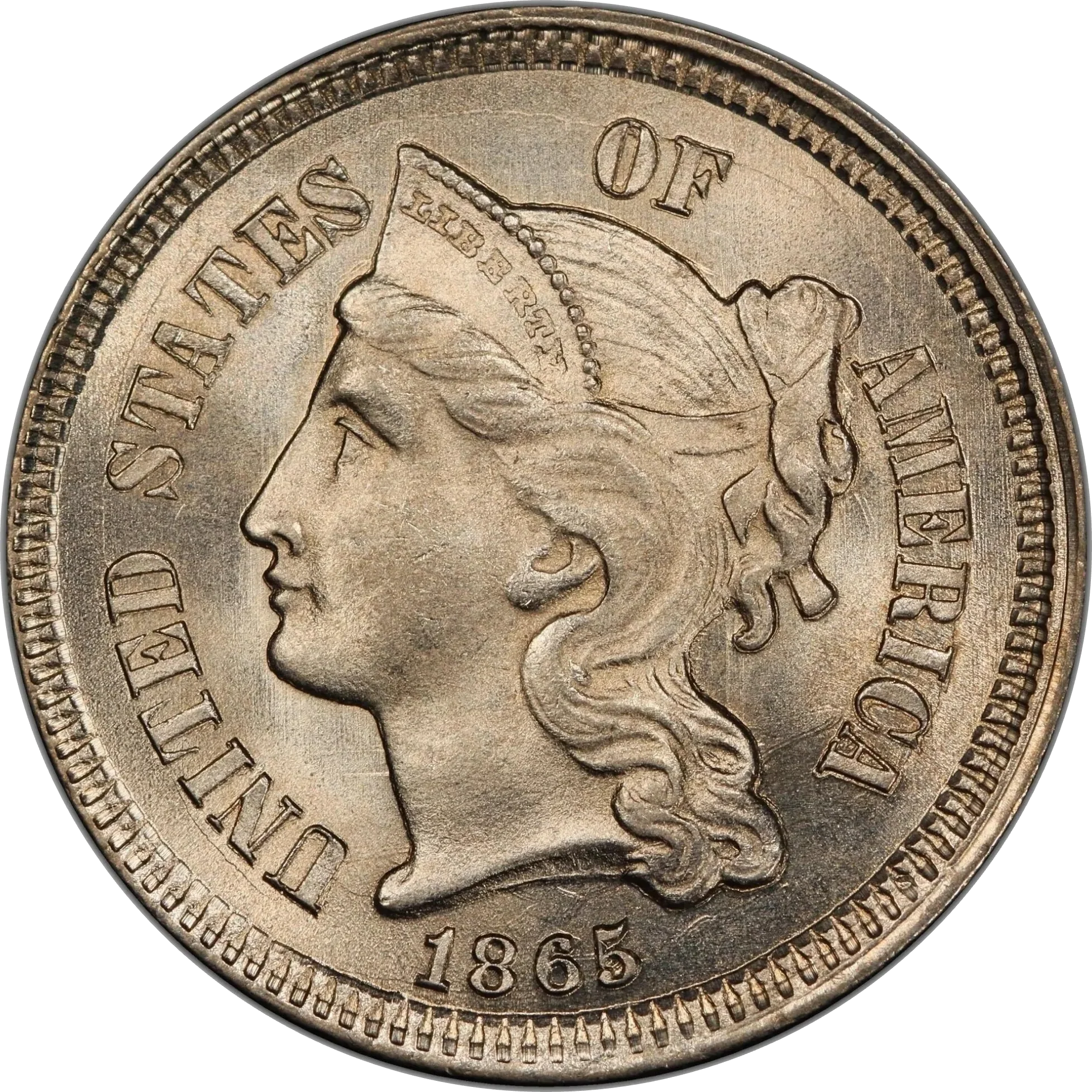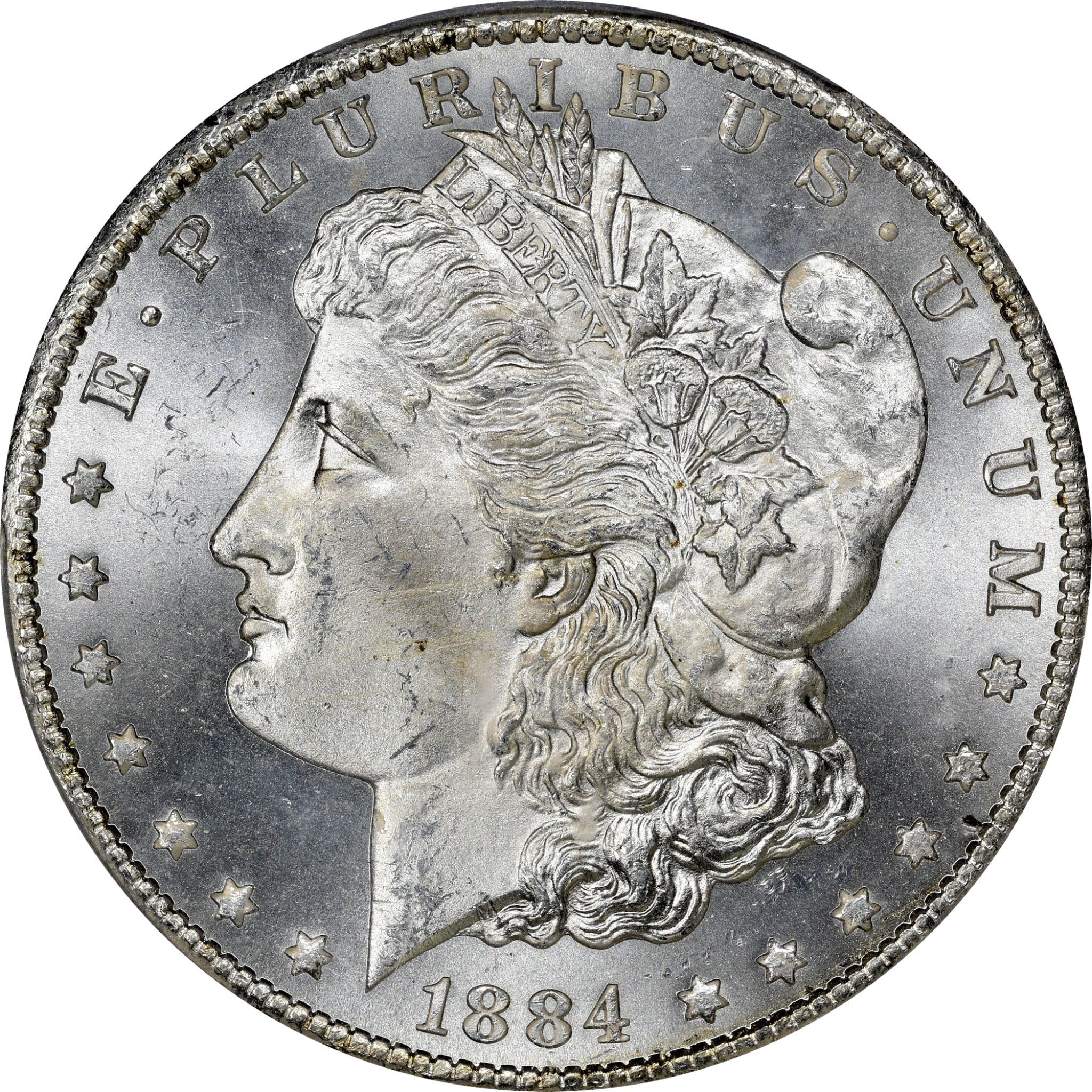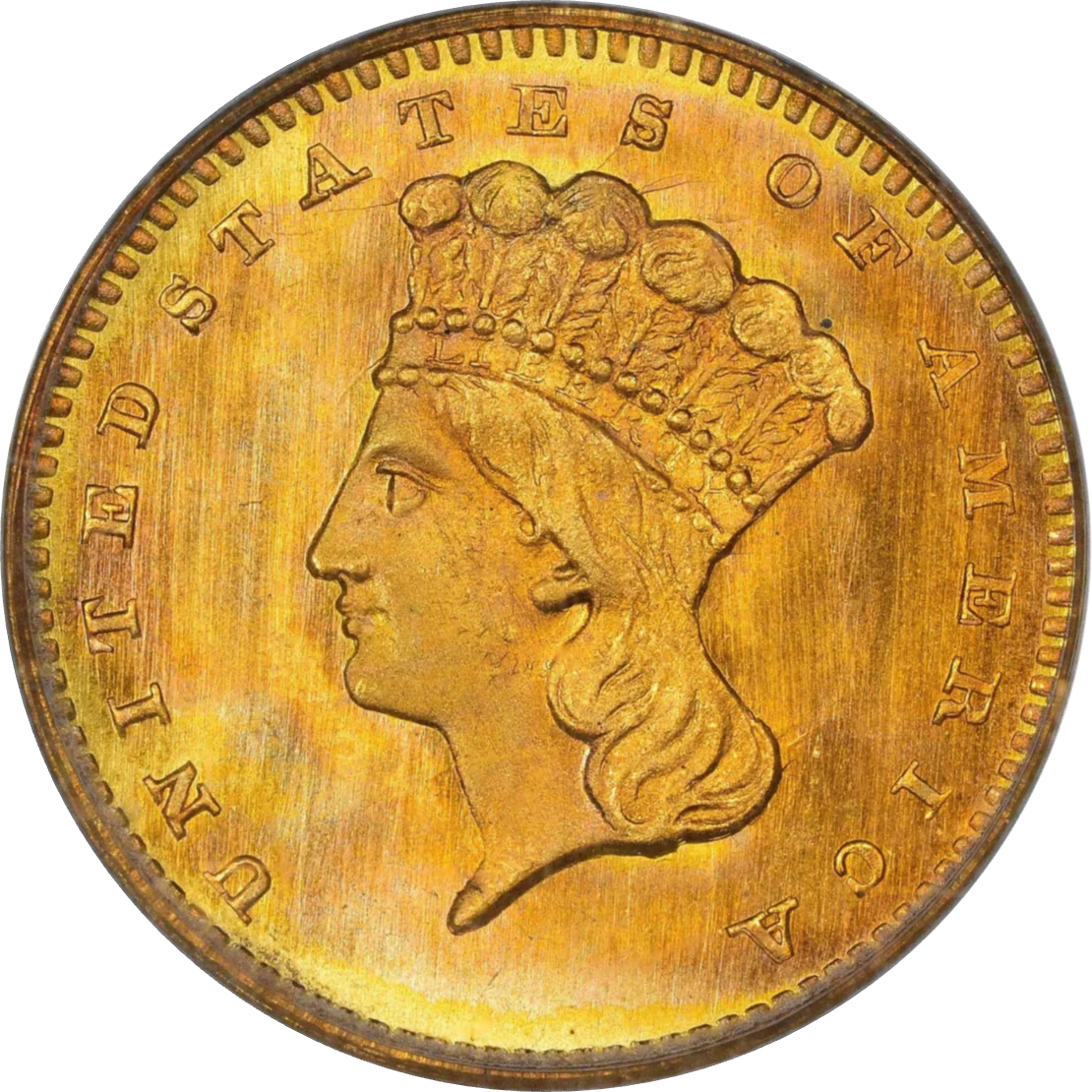Collection: Type 1, Small Eagle (Draped Bust Dime)
No products found
View All Inventory
Designed by: Robert Scot
Issue Dates: 1796-1797
Composition: 89.24% silver, 10.76% copper
Diameter: 19 mm
Weight: 2.69 grams (41.51 grains)
Edge: Reeded
Business Strike Mintage: 47,396
Proof Mintage: None
The Draped Bust dimes of 1796–1797 represent the inaugural issues of the denomination and closely parallel the design of the contemporary Read More
Designed by: Robert Scot
Issue Dates: 1796-1797
Composition: 89.24% silver, 10.76% copper
Diameter: 19 mm
Weight: 2.69 grams (41.51 grains)
Edge: Reeded
Business Strike Mintage: 47,396
Proof Mintage: None
The Draped Bust dimes of 1796–1797 represent the inaugural issues of the denomination and closely parallel the design of the contemporary half dimes. The obverse features Liberty facing right, with flowing hair tied by a ribbon and drapery across the neckline. The word LIBERTY arches above, with the date below. Thirteen stars are found on the obverse of the 1796 issue, while the 1797 dimes exist with either 13 or 16 stars, representing intentional design variations rather than errors.
The reverse displays a small eagle perched atop a cloud, enclosed within an open laurel wreath tied with a bow, and encircled by the legend UNITED STATES OF AMERICA. As with many early U.S. silver coins, no denomination is indicated—a feature not introduced on dimes until 1809, when “10 C.” was first added. The edge is reeded.
Production of these early dimes was limited. The combined mintage for 1796 and 1797 totaled approximately 47,000 pieces, compared to roughly 55,000 half dimes during the same period. Interestingly, early dimes appear somewhat more available than half dimes today, despite the lower mintage—a discrepancy that remains unexplained.
These coins were struck purely for circulation, and Mint preparation was utilitarian. As such, many examples show adjustment marks, weak strikes, or surface porosity, particularly on 1797 pieces. Surviving specimens are typically encountered in About Good to Fine grades. Very Fine examples are scarce, Extremely Fine pieces are rare, and Uncirculated coins are exceptionally rare. A small number of 1796 dimes with prooflike surfaces are known and may have served as presentation pieces. Walter Breen documented at least a dozen such coins, suggesting a limited but deliberate effort to produce coins of higher quality.
A number of die varieties exist across these two years, most notably the 1797 dimes with either 13 or 16 obverse stars. Though one variant may prove scarcer than the other upon detailed study, market values remain relatively consistent, driven primarily by demand from type collectors rather than variety specialists.
Until the mid-20th century, scholarly treatment of early dimes was limited. Abe Kosoff introduced a provisional classification system in the 1945 F.C.C. Boyd sale, attributing varieties by “K” numbers. It wasn’t until the 1984 publication of Early United States Dimes, 1796–1837—authored by David Davis, Russell Logan, Allen Lovejoy, John McCloskey, and William Subjack—that collectors had access to a comprehensive reference. In his preface, Walter Breen compared its impact to Sheldon’s Early American Cents, praising the work for its rigorous scholarship and collector-focused insights.
Today, Draped Bust dimes of 1796–1797 are considered essential to advanced U.S. type sets and early silver cabinets. While most survivors are well-worn, they offer tangible links to the earliest days of the U.S. Mint and stand as important relics of early American coinage artistry.
... Read Less